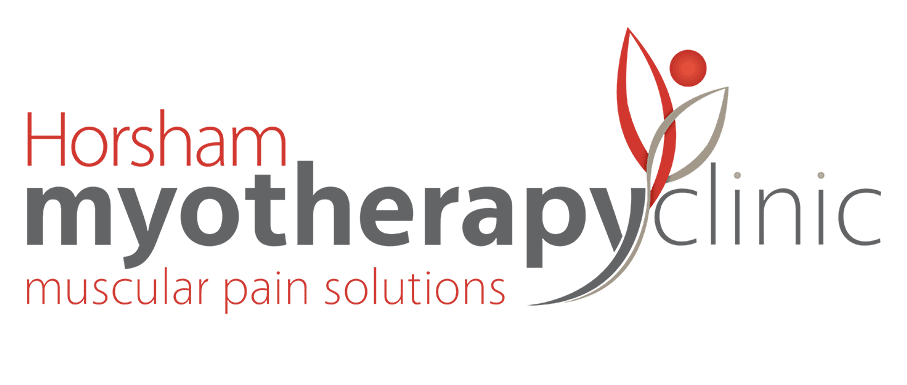Have you ever stopped to think about how many idioms there are in the English Language to do with necks?
The boss has been breathing down my neck to get this report finished. I’ve been breaking my neck studying for this exam. We can stick our neck out for someone, or go visit their neck of the woods.
And of course, pain in the neck, which if you’re still reading probably means this phrase is less idiomatic (and rather literal) for you.
Neck tension and discomfort are one of our most common presentations in clinic. The way that patients often talk about this issue has left me with the impression that our necks are something we tend to take for granted; our feelings towards this part of our anatomy is either met with ambivalence or resentment. There is much more to the neck than simply supporting the head or being the source of pain. As mammals with forward facing eyes, our evolution has favoured depth-perception over a panoramic view of the horizon, for which the neck has been crucial for our survival as a species.
The muscles in your neck:
- support and protect important structures like: the windpipe, arteries transporting oxygen and blood to the brain, veins, the top of the spinal column and central nervous system.
- keeps our line of vision parallel with the horizon
- moves our head so that we can observe more of our environment.
Ideal Neck Function:
The vertebrae in our neck provide movement along 6 planes, though in normal day-to-day use the movements are usually a combination rather than singular. When you present to clinic with a neck issue, it is likely your therapist will take you through the following movements to assess neck function and mobility.
- Flexion: tucking the chin to your chest and looking as far down as possible. From a neutral head position, your therapist is looking for 80-90 degrees of movement.
- Extension: the opposite of flexion where the head tilts back 70 degrees, bringing your eyes towards the ceiling.
- Lateral Flexion: tilting the head to the side to bring your ear towards your shoulder. This can range from 20-45 degrees, and your therapist will be looking for symmetry in this motion.
- Left/Right Rotation: turning the head 90 degrees towards your shoulder as if you were to look back.
The muscles in the neck are small and powerful, which means a tiny dysfunction can have a massive affect. As you sit there reading this, take your neck through the above motions.
Do your movements reach ideal end range?
Are they symmetrical on both sides?
If you said “No” to either question, it might be worth booking an appointment to prevent the dysfunction becoming a diagnosis.
To book in for your assessment and treatment please click HERE
